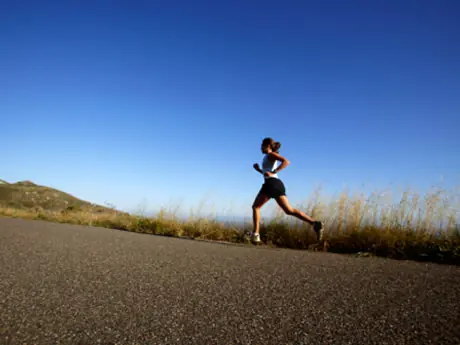Figure 2 – The results of a VO2 max test can be used together with the results of a running economy test to determine the "velocity at VO2 max" (vVO2 max), the speed at which runners should run intervals to improve VO2 max. First graph the average VO2 for each speed of the economy test. Fit the points with a regression line and extrapolate the regression line out to VO2 max. From the equation of the regression line, you can calculate vVO2 max by substituting the VO2 max value in for y and solving the equation for x.
Although it is tempting to run faster when the intervals are shorter, the pace should be the same for all three workouts since the goal is the same—to improve VO2 max. As you progress, make the workouts harder by adding more repetitions or decreasing the recovery period rather than by running faster. Only increase the pace of the workouts once your races have shown that you are indeed faster.
While longer intervals provide a greater load on the cardiovascular system, an advantage of shorter intervals is what famous physiologist Per-Olaf ?strand discovered in the 1960s—by breaking the work up into smaller segments, you can perform a greater volume of high-intensity work. The more aerobically fit runners are (from initially running lots of miles during their aerobic base training phase), the better their recovery both within and between interval workouts, which allows them to complete more repetitions during each workout. More reps enable runners to spend more time at vVO2 max, which permits them to run interval workouts more often.
More: Use Interval Training to Hit Your 5K and 10K Potential
Racing at VO2 Max
When runners run races, they don't run at some arbitrary intensity. The percentage of VO2 max that they can sustain for a specific amount of time is predictable. For example, research has shown that 100 percent VO2 max can be sustained for only about 8 to 10 minutes in trained runners. The longer the race, the lower the percent VO2 max at which runners will run it. Talented, highly trained runners race 3,000 meters at about 98 to 100 percent VO2 max, 5,000 meters at about 90 to 95 percent VO2 max, and a marathon at about 80 to 85 percent VO2 max.
The faster a runner is, the higher the percentage of his or her VO2 max he or she can sustain for a specific distance. Therefore, these percentages will be lower for slower runners. VO2 max workouts are invaluable for predicting what paces runners can run in races.
So if you want to perform at the highest level you can, train your VO2 max. You will set new personal records, and the next time you run in the woods, you may even be able to outrun the wild dog or wolf.
More: The Science of VO2 Max and Its Impact on Running Performance
 Sign up for your next race.
Sign up for your next race.- 3
- of
- 3
About the Author

Get ACTIVE on the Go


Couch to 5K®
The best way to get new runners off the couch and across the finish line of their first 5K.
Available for iOS | Android







Discuss This Article